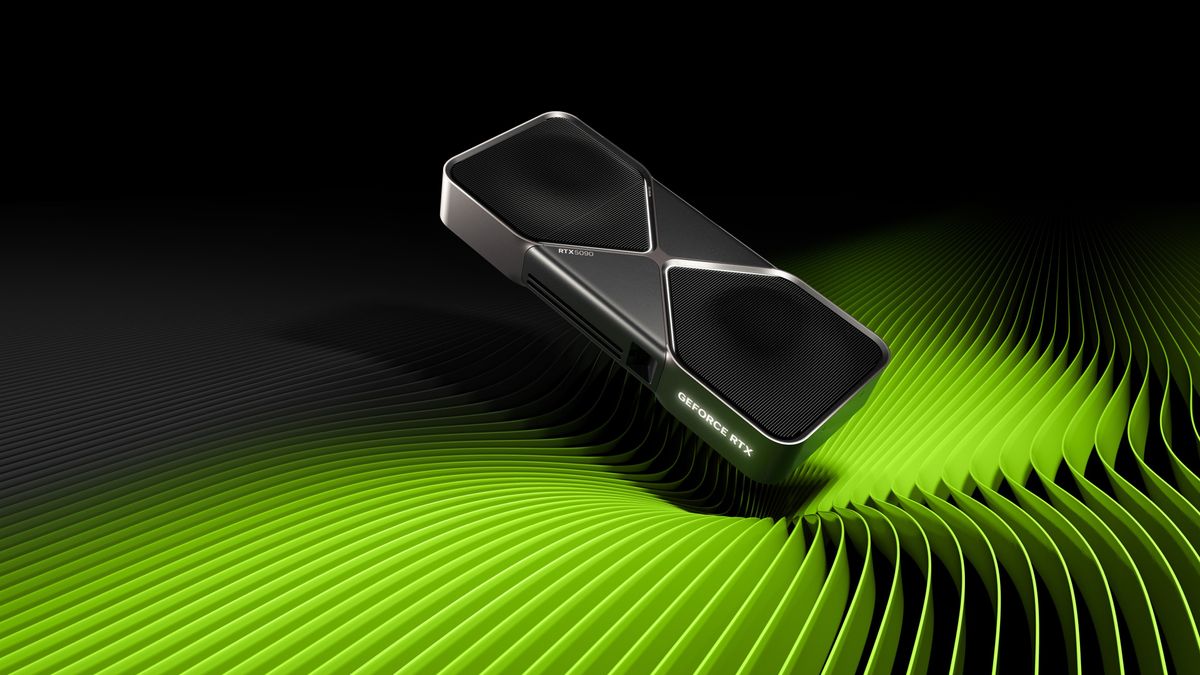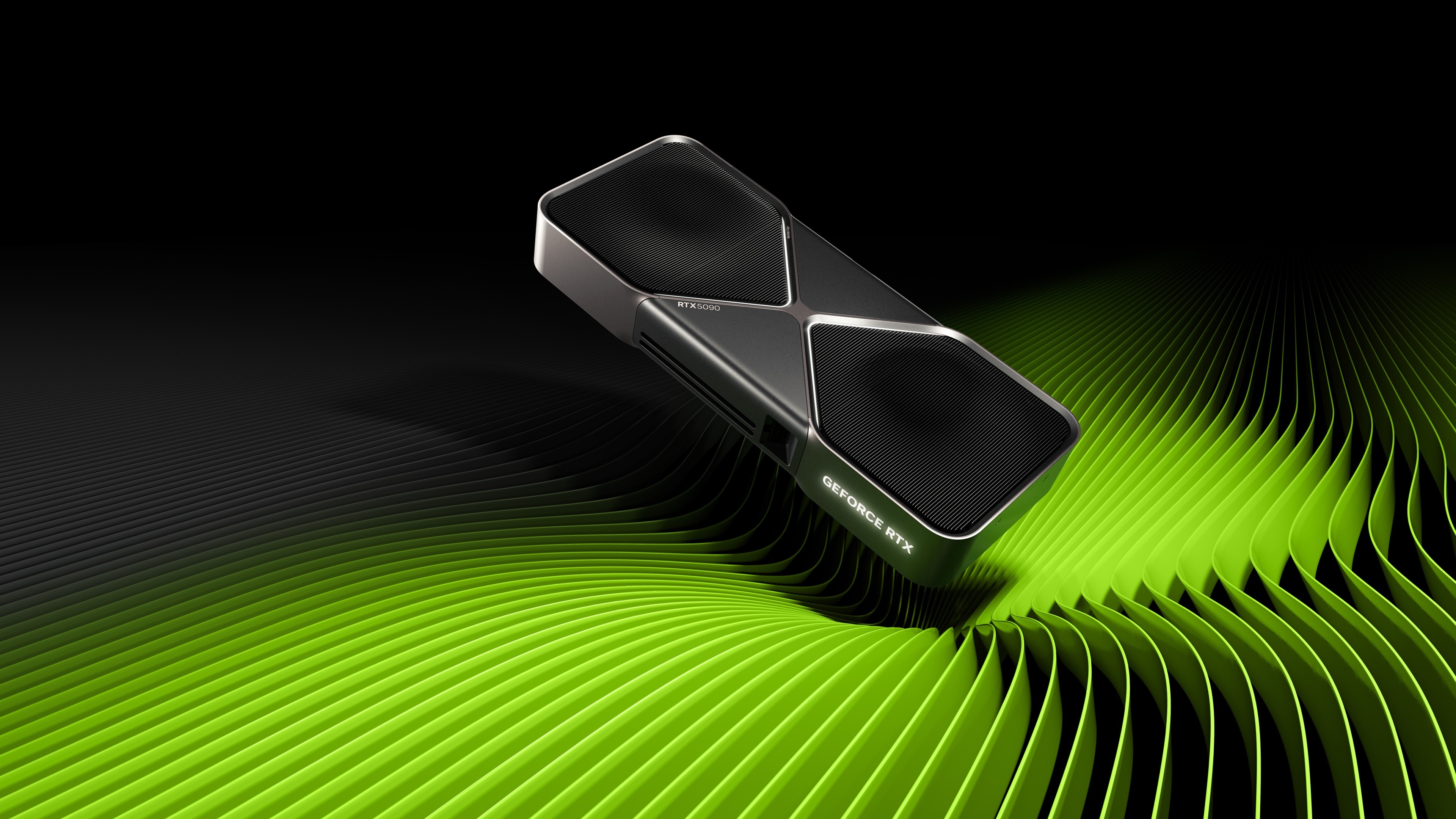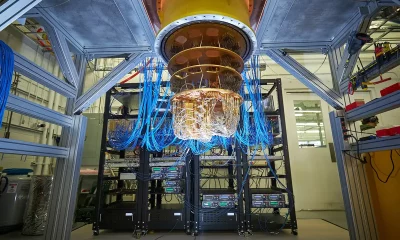A parade of Wall Street luminaries is due to testify in a hotly anticipated case starting on Friday surrounding Perella Weinberg Partners’ decision a decade ago to fire a star executive whom the elite investment bank says was plotting to launch a rival firm.
PWP founders Joe Perella and Peter Weinberg, along with top rainmaker Robert Steel, will tell a New York court they uncovered a secret plan by Michael Kramer, founding head of the bank’s restructuring practice, to launch a new, rival business with three of his closest colleagues.
PWP sacked Kramer and his alleged co-conspirators by voicemail in February 2015 after it said it had learned of a plot that it claimed was an express violation of their employment contracts. It claims their departures cost the bank tens of millions of dollars in the form of lost revenue, ill-gotten bonuses and expensive replacement hires.
Kramer has countered that PWP’s leadership were consumed by long-standing animus against him and were bent on driving him and the others out of the firm in an effort to seize $60mn of pay and equity, which Kramer now would like returned.
The extent of the bad blood between PWP and Kramer has so far prevented a settlement in a case that financial institutions are watching closely to understand the state of non-compete clauses in employment agreements, which in recent years have faced criticism for being improper restraints on trade.
“If anything non-competes are more salient than ever,” said Jeffrey Eilender, a partner at Schlam, Stone & Dolan who is not involved in the case. “Companies that are relationship or sales-based are very aggressive in enforcing them.”
In a preliminary ruling, the judge overseeing the case ruled in 2023 that non-compete pacts remained permissible in New York.
Among the key topics of the court proceedings will be an examination of PWP’s actions towards Kramer’s clients in the days after his termination.
Witnesses supporting Kramer’s account will include an executive from Monsanto, the chemicals group that has long worked with him, who will testify that PWP’s management was more interested in retribution against Kramer than serving the needs of Monsanto after his termination.
Lawyers for Kramer are also set to question PWP’s former head of communications over what they said was a clandestine media campaign to discredit the departed executives after they were fired.
Kramer has separately defeated claims that he improperly solicited Monsanto and one other of his PWP clients in the months after his 2015 termination.
PWP says Kramer and his restructuring colleagues, most of whom he had worked with for years across multiple firms, had been plotting for months to depart and start their rival firm.

Among the documents found in discovery include a pitch book from a branding consultant as well as business plans and spreadsheets detailing compensation and equity terms for a hypothetical firm.
One email between Kramer and two of his allies, Derron Slonecker and Joshua Scherer, contemplated naming a firm KSS, which Scherer wrote reminded him of private equity group KKR.
PWP later learned that after a dinner Kramer had with Weinberg in early 2015 where it alleges Kramer announced his resignation, some of Kramer’s restructuring colleagues met for “celebratory drinks”.
Perella, 83, is a pioneering M&A dealmaker, while the 67-year-old Weinberg comes from the family that ran Goldman Sachs over multiple generations. Steel, 73, was a longtime Goldman banker as well as a deputy mayor of New York City and regularly counsels the likes of BlackRock founder Larry Fink.
Yet the star witness in the trial may be Kevin Cofsky, who a decade ago was a PWP junior executive in his thirties and had worked early in his career with Kramer.
Cofsky had attended a fateful Sunday meeting in January 2015 at Kramer’s Connecticut home where about 10 members of the then-PWP restructuring group had gathered.
Cofsky weeks later told PWP management that the purpose of the meeting was to advance the creation of the rival firm.

Kramer in his court filings said Cofsky had embellished his story after being offered a $500,000 bonus and the chance to lead the PWP restructuring group after Kramer was jettisoned.
PWP has described the dispute as a “textbook solicitation case”. Kramer’s court filings, however, state each of the eight restructuring bankers from PWP who later in 2015 joined his new firm, Ducera Partners, will testify under oath that Kramer never asked them to design a new venture or join him at a new firm while they were employed by PWP.
Kramer has insisted he was the target of vendetta in which Weinberg sought to put him “back into his cage”, a phrase found in an internal PWP email.
“PWP marginalised the restructuring group that Kramer led and had built from scratch, underpaying them, giving them poor year-end reviews, and making clear their prospects for advancement at PWP were narrow or non-existent,” Kramer wrote in court papers, adding that his team was “unceremoniously fired before any of them had even decided for certain whether they wanted to go”.
PWP was formed in 2006 to great fanfare given the pedigree of its founders. Kramer was quickly brought in to launch a restructuring practice after his previous stints at Houlihan Lokey and Greenhill & Co.
Kramer’s status as a PWP partner, he says, precluded him from being summarily terminated.
Kramer’s Ducera Partners has since 2015 become one of the top restructuring advisory firms, last year approaching $150mn in revenue with fewer than 50 employees, according to a person with knowledge of its operations.
The firm is increasingly pushing into traditional M&A coverage, last year hiring longtime Goldman Sachs heavyweight John Vaske, who had been a colleague of Weinberg.
PWP rebuilt its restructuring group after Kramer’s departure and the company listed its shares in 2021. Its stock price doubled last year and its market capitalisation is now roughly $2bn.
Cofsky, the one PWP banker who was present at the meeting at Kramer’s home in early 2015 who did not later join Ducera, remains at PWP.
The trial is scheduled to last for three weeks.


































You must be logged in to post a comment Login